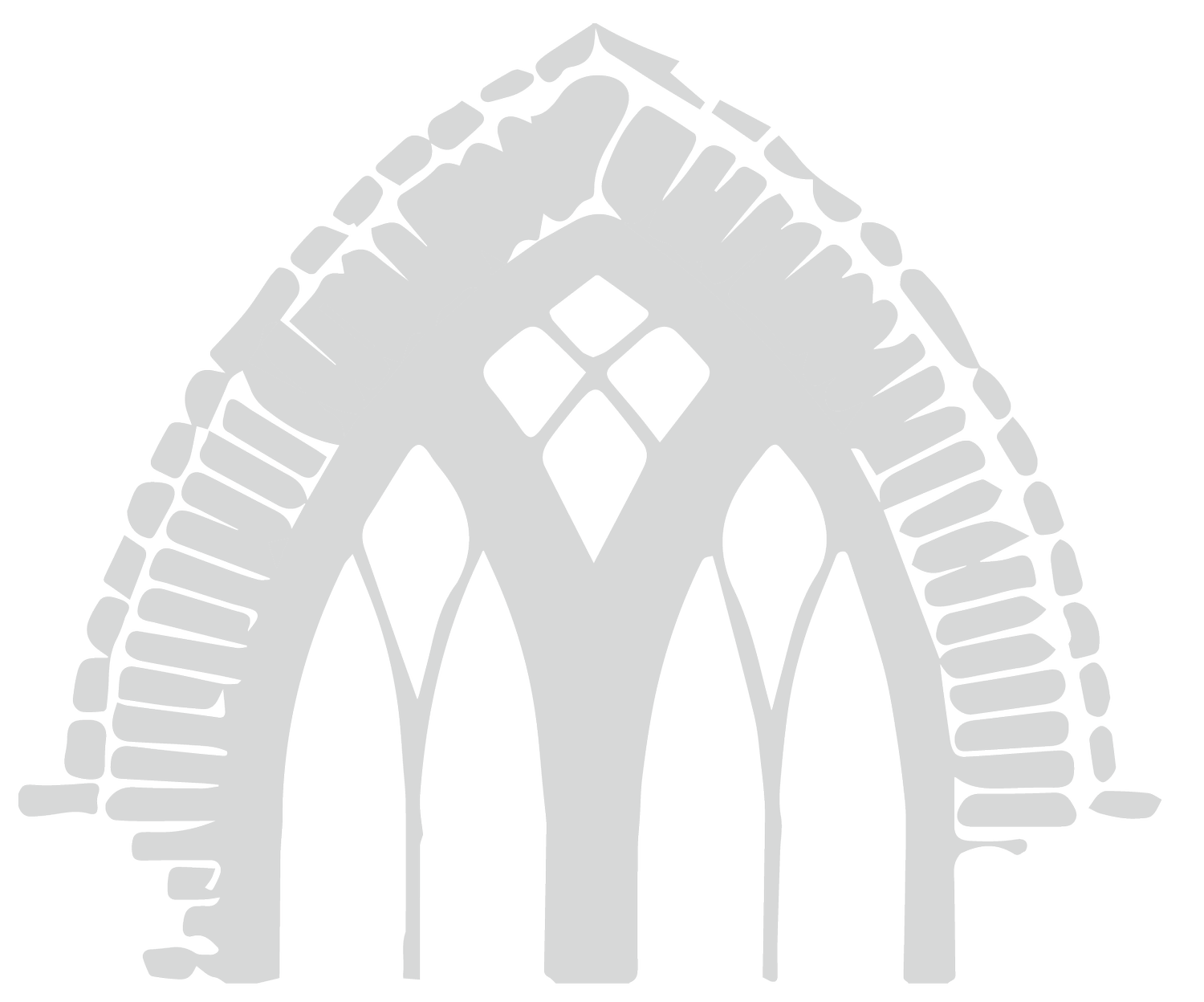Tolkien’s Theology of Beauty
J.R.R. Tolkien’s Christianity is often held in an unsteady tension with the pagan despair of his mythic world. Some critics portray these as incompatible, while Christian analysis tends to oversimplify the presence of religious symbolism. This polarity of opinion testifies to the need for a unifying interpretive lens. The fact that Tolkien saw his own writing as “religious” and “Catholic,” yet was preoccupied with pagan mythology, nature, language, and evil, suggests that these areas were wholly integrated with his Christian worldview. These lectures examine six structural elements, demonstrating that the author’s Christianity is deeply embedded in the narrative framework of his creative imagination.
J.R.R. Tolkien’s Christianity is often held in an unsteady tension with the pagan despair of his mythic world. Some critics portray these as incompatible, while Christian analysis tends to oversimplify the presence of religious symbolism. This polarity of opinion testifies to the need for a unifying interpretive lens. The fact that Tolkien saw his own writing as “religious” and “Catholic,” yet was preoccupied with pagan mythology, nature, language, and evil, suggests that these areas were wholly integrated with his Christian worldview. These lectures examine six structural elements, demonstrating that the author’s Christianity is deeply embedded in the narrative framework of his creative imagination.
J.R.R. Tolkien’s Christianity is often held in an unsteady tension with the pagan despair of his mythic world. Some critics portray these as incompatible, while Christian analysis tends to oversimplify the presence of religious symbolism. This polarity of opinion testifies to the need for a unifying interpretive lens. The fact that Tolkien saw his own writing as “religious” and “Catholic,” yet was preoccupied with pagan mythology, nature, language, and evil, suggests that these areas were wholly integrated with his Christian worldview. These lectures examine six structural elements, demonstrating that the author’s Christianity is deeply embedded in the narrative framework of his creative imagination.


